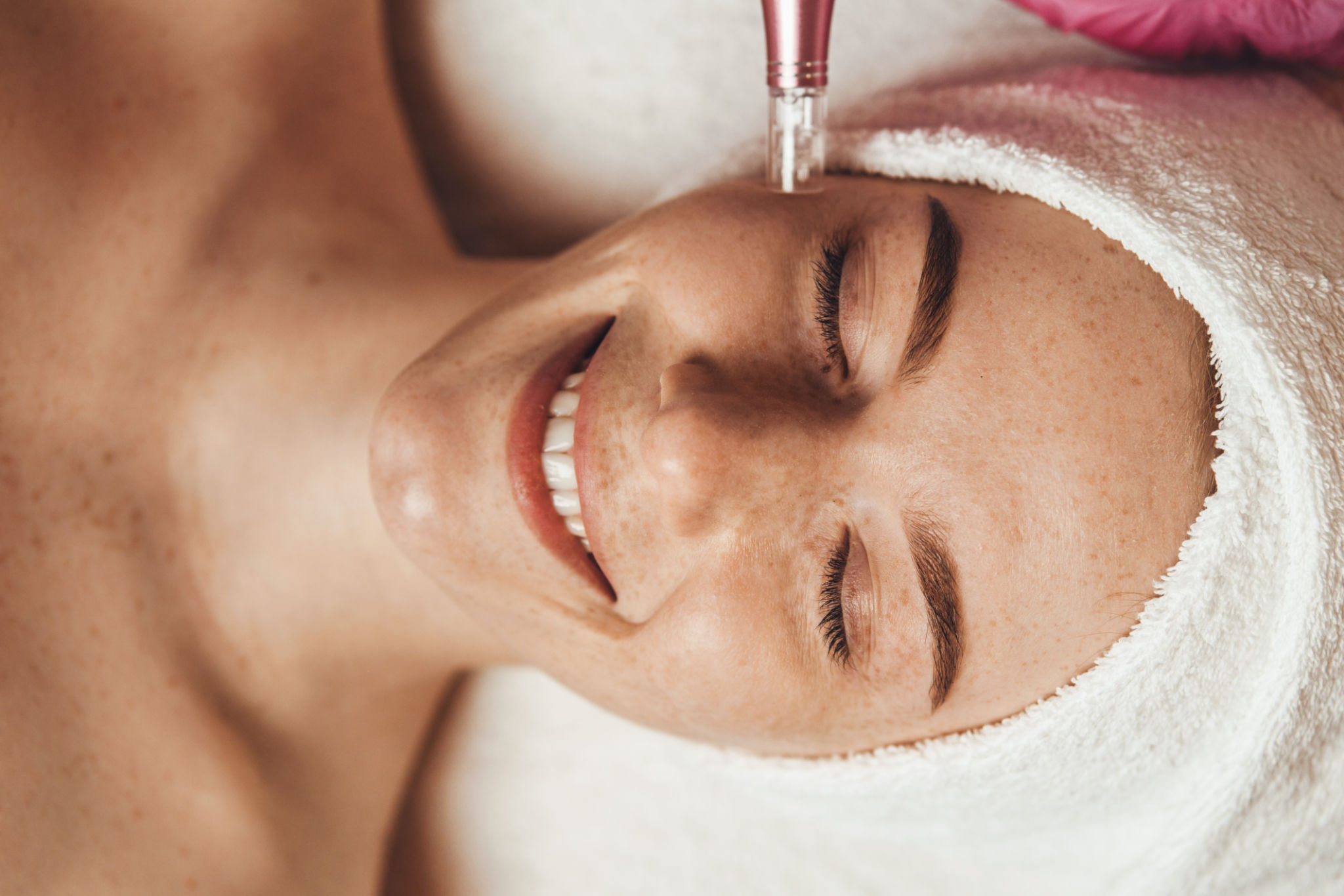Bio Microneedling vs. Traditional Microneedling: Which is Right for You?
Understanding Microneedling
Microneedling is a popular skincare treatment that involves using fine needles to create tiny punctures in the skin. This process triggers the body’s natural healing response, resulting in increased collagen production and improved skin texture. It’s a favored choice for those looking to reduce wrinkles, scars, and hyperpigmentation.
While traditional microneedling has been around for years, a newer alternative known as bio microneedling is gaining traction. But how do these two methods compare, and which is best suited for your skincare needs?

What is Traditional Microneedling?
Traditional microneedling uses a device equipped with multiple tiny needles to create micro-injuries in the skin. These controlled injuries stimulate the body to produce collagen and elastin, essential proteins for skin elasticity and firmness. Typically, multiple sessions are required to achieve optimal results.
One of the main advantages of traditional microneedling is its versatility. It can be used on various skin types and is effective for treating a wide range of skin concerns, from acne scars to stretch marks.
Exploring Bio Microneedling
Bio microneedling, on the other hand, is a more recent innovation that offers a unique twist on the traditional method. Instead of using metal needles, bio microneedling employs needles made from organic materials such as silica or even plant-based compounds. These needles dissolve into the skin, providing an added layer of nutrient delivery during the treatment.

This technique not only stimulates collagen production but also delivers beneficial ingredients directly into the skin, enhancing its rejuvenation process. Bio microneedling is particularly appealing to those seeking a more natural approach to skincare.
The Benefits of Bio Microneedling
Bio microneedling offers several advantages over its traditional counterpart. One significant benefit is the reduction in post-treatment irritation and redness, making it ideal for individuals with sensitive skin. Additionally, the use of organic materials can minimize the risk of allergic reactions.
- Reduced skin irritation
- Enhanced nutrient delivery
- Lower risk of allergic reactions
Choosing the Right Treatment for You
Deciding between bio microneedling and traditional microneedling depends on your specific skincare goals and skin type. If you prefer a time-tested method with a proven track record, traditional microneedling may be the way to go. However, if you’re interested in incorporating natural ingredients into your skincare routine and have sensitive skin, bio microneedling could be the better option.

Consulting with a Professional
Before making a decision, it’s essential to consult with a qualified skincare professional. They can assess your skin type and recommend the most suitable treatment for your needs. They will also guide you on what to expect during and after the treatment, ensuring you achieve the best results possible.
Ultimately, both bio microneedling and traditional microneedling offer excellent opportunities to improve your skin’s appearance and texture. By understanding the differences and benefits of each method, you can make an informed choice that aligns with your skincare objectives.
